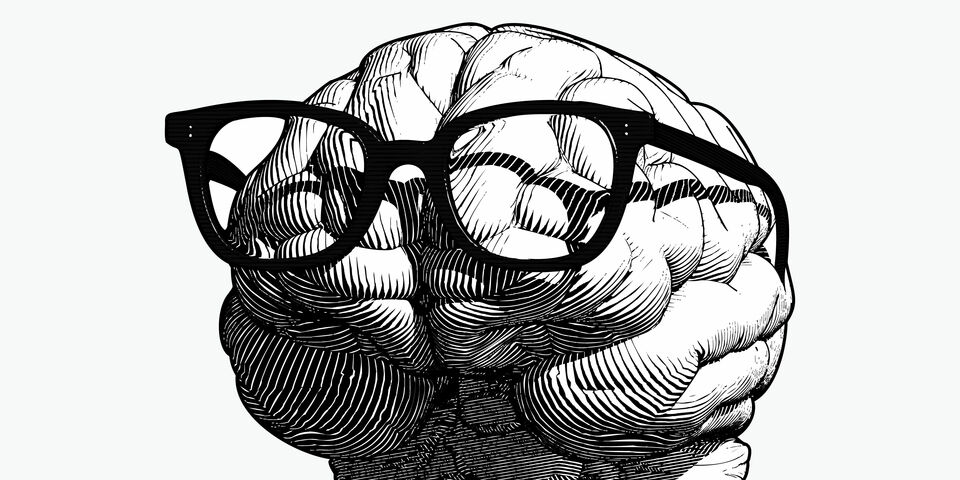Dutch Research Agenda distributes €93 million
How climate-proof is the Dutch coast? How do we strengthen our democracy? How can antibiotics remain effective in the future? A total of 21 consortia of applied sciences and research universities, organizations and companies will tackle these and other urgent issues with a sum of €93 million, made available by the Dutch Research Agenda. TU/e did not act as coordinator of any of the projects this time around, and was co-applicant in only five projects.
The Dutch Research Agenda (Dutch acronym NWA) derived from some 12,000 questions submitted by the Dutch public to science. These questions covered issues of safety, health, climate change, etcetera.
The agenda was written at the request of the Ministry of Education, Culture and Science and its overarching aim is to improve the connection between science and society. Because complex and relevant societal issues can’t be solved in laboratories alone, for that you need the outside world. This is why several large consortia have teamed up.
The Dutch Research Council (NWO) has now distributed 93 million euros. There are several themes and grants. Since 2020, the Dutch Research Agenda makes up €130 million of the budget of the Ministry of Education, Culture and Science.
This time, the largest sum (9.9 million euros) goes to the ‘Virtual Human Platform,’ a project in which researchers assess the safety of chemicals and medicines without the use of laboratory animals. Seven research universities and one applied sciences university took part, together with several organizations, including the Dutch Kidney Foundation, the Dutch Society for the Replacement of Animal Testing, as well as companies such as Shell and Bayer. In total, 21 consortia were awarded a grant, and Utrecht University features no fewer than 34 times on the list, including five times as ‘coordinator,’ or lead applicant.
TU/e
TU/e was very successful last year, when the NWA awarded grants for the first time. The university acted as lead applicant of INTERSECT, a national research project aimed at the design of a secure Internet of Things, involving 45 parties – including universities, companies, organizations and the government – in which NWO invests almost ten million euros. The launch of this project took place recently. This time around, TU/e did not act as coordinator of a single project, and it was co-applicant in ‘only’ five projects. Its 4TU.Federation partners Delft, Twente and Wageningen did much better in that regard (see table below).
Renee Westenbrink, head Research Policy at TU/e, says he hasn’t taken note of the new list yet. “The call to take part in projects lies with the departments and institutes,” he says. “You often see that these calls are made from within existing consortia. Last year, TU/e was very successful with INTERSECT. The fact that we are less successful this year is no cause for panic. Scientists need to determine for themselves whether or not they want to take part in a project, and another question that might play a role is whether they feel that their research is in an advanced enough stage.”
Allocation Dutch Research Agenda 2020
Applicants | Lead applicant | Co-applicant | Total |
Universiteit Utrecht | 5 | 29 | 34 |
Technische Universiteit Delft | 1 | 25 | 26 |
Wageningen University & Research | 2 | 20 | 22 |
Amsterdam UMC - Locatie VUmc | 1 | 20 | 21 |
Universiteit Leiden | 20 | 20 | |
Universiteit van Amsterdam | 1 | 17 | 18 |
Rijksuniversiteit Groningen | 1 | 13 | 14 |
Radboud Universiteit Nijmegen | 13 | 13 | |
Vrije Universiteit Amsterdam | 2 | 11 | 13 |
Leids Universitair Medisch Centrum | 2 | 10 | 12 |
Universiteit Twente | 1 | 11 | 12 |
NWO-institutenorganisatie | 2 | 8 | 10 |
Rijksinstituut voor Volksgezondheid en Milieu | 10 | 10 | |
Erasmus MC | 1 | 7 | 8 |
Maastricht University | 7 | 7 | |
Van Hall Larenstein | 7 | 7 | |
HAS Hogeschool | 6 | 6 | |
Maastricht UMC+ | 1 | 5 | 6 |
Tilburg University | 1 | 5 | 6 |
Hogeschool Utrecht | 5 | 5 | |
Technische Universiteit Eindhoven | 4 | 4 | |
UMC Utrecht | 5 | 5 | |
KNAW | 4 | 4 | |
Amsterdam UMC - Locatie AMC | 3 | 3 | |
Erasmus Universiteit Rotterdam | 3 | 3 | |
Hogeschool van Amsterdam | 3 | 3 | |
Stichting Wageningen Research | 3 | 3 | |
De Haagse Hogeschool (HHS) | 2 | 2 | |
Nationaal Museum van Wereldculturen | 2 | 2 | |
Sociaal en Cultureel Planbureau | 2 | 2 | |
TNO Delft | 2 | 2 | |
TNO Zeist | 2 | 2 | |
Universitair Medisch Centrum Groningen | 2 | 2 | |
Waag | technology & society | 2 | 2 | |
Den Hartogh Liquid Logistics B.V. | 1 | 1 | |
Fontys Hogeschool | 1 | 1 | |
Game Architect | 1 | 1 | |
GGZ - Geestelijke Gezondheidszorg | 1 | 1 | |
Hogeschool iPabo | 1 | 1 | |
Hogeschool voor de Kunsten Utrecht | 1 | 1 | |
Hogeschool Windesheim | 1 | 1 | |
Ministerie van Infrastructuur en Waterstaat | 1 | 1 | |
Nationaal Lucht- en Ruimtevaartlaboratorium (NLR) | 1 | 1 | |
NHL Stenden Hogeschool | 1 | 1 | |
Philips Research Eindhoven | 1 | 1 | |
Saxion Hogeschool | 1 | 1 | |
TNO | 1 | 1 | |
TNO Helmond | 1 | 1 | |
TNO Rijswijk | 1 | 1 | |
TNO Utrecht | 1 | 1 | |
Trimbos-instituut | 1 | 1 | |
Eindtotaal | 21 | 306 | 327 |



Discussion